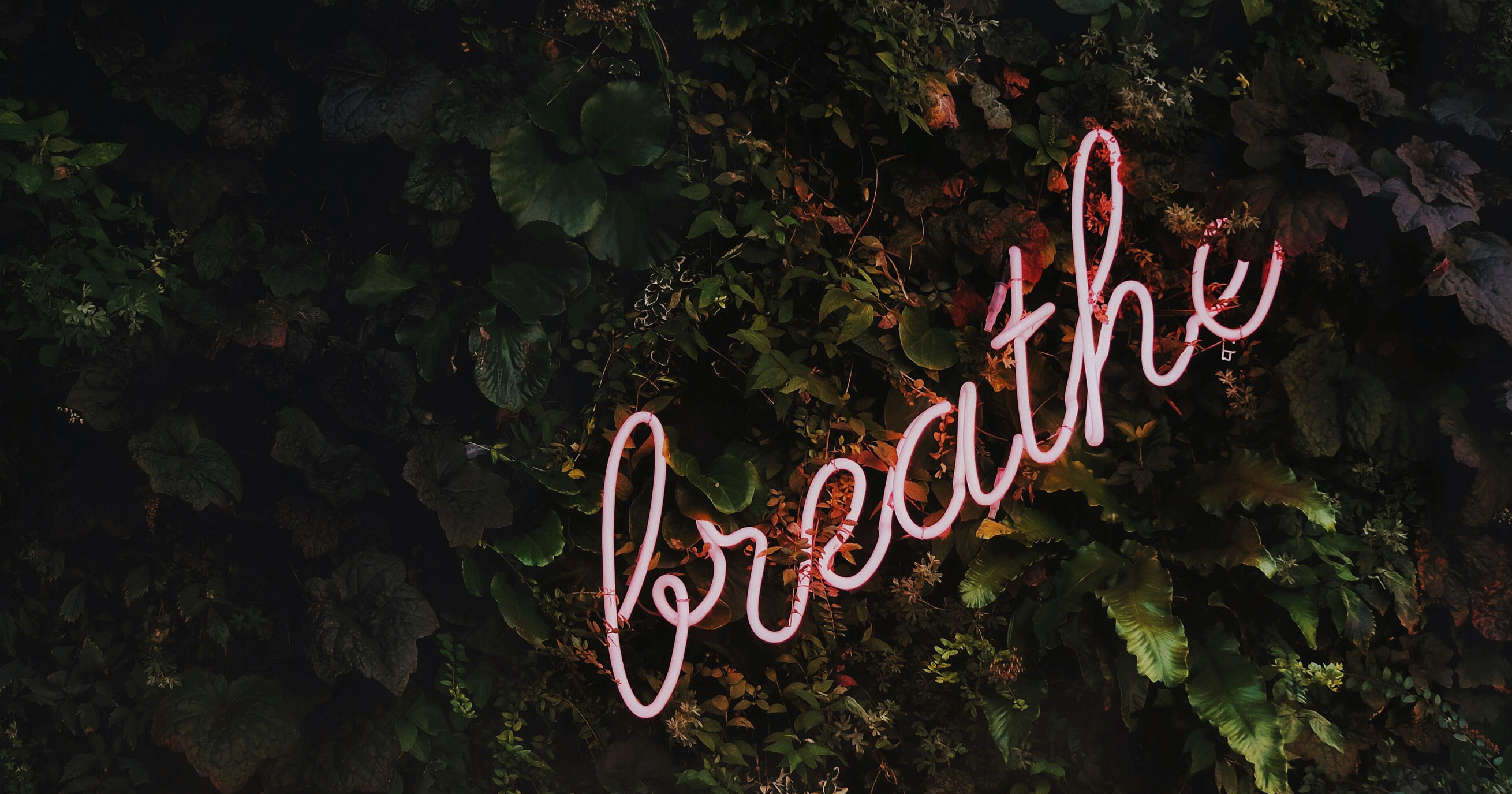When there’s chronic stress in our environment, it can be challenging to turn off the fight-or-flight response and activate the "rest and digest" response – the parasympathetic nervous system that calms the body down after the stressor or threat has passed.
So, let’s learn some easy strategies that can help stimulate your parasympathetic nervous system and restore the natural balance of your body and mind.
Begin with Breath
Our respiratory system is unique among organ systems because it is innervated by both voluntary and involuntary parts of your nervous system.
What does that mean?
It means that the act of breathing is both autonomic and involuntary (we breathe without thinking), as well as voluntary (we can consciously control it, ramp it up, slow it down, hold it and play with it in various ways).
Involuntary respiration is controlled by the respiratory centers of the upper brainstem (the lower brain, along with the cerebellum).
Voluntary respiration’s higher functions are controlled by the upper brain – the cerebral cortex – which is responsible for thinking and processing information from the five senses.
During periods of perceived danger or emotional stress, signals from the brain and the sympathetic nervous system take over the respiratory system and increase the respiratory rate to help with the fight or flight response.
A prolonged activation of the fight or flight response can destabilize the body and lead to chronic physical and/or psychological illness. So, during times of high stress, it’s important to call upon the upper brain to help us activate the parasympathetic nervous system and turn-off the fight-or-flight response.
We need to consciously decide to calm down and breathe.
When we’re calm and grounded, we’re able to process emotions and address problems in a healthy way. What follows are some strategies that can help you trigger the calming response so you can soothe yourself during challenging times. It’s important that you regularly practice these exercises so that they become a habit, and so that you can easily draw on them in moments of stress or anxiety.




